Medieval Walls of Alcudia old town
A very good thing to do while you are in Alcudia on holiday is to visit the old town, and it is a must to visit and walk on the old walls. So let’s visit the old walls of Alcudia old town.
A bit of history about Alcudia old town walls:
The strategic location of the city of Alcudia, which was already acknowledged and appreciated during the Roman period, involved risks due to it’s proximity to the sea. Thus, King Jaume II designed a protection system, the walls, with a double purpose: to protect the townspeople and to build a stronghold in the northeast of the island against attacks from outsiders.
The building period sdpanned from the beginning to the end of the 14th century.
The walls consisted of a reinforced square structure of an average height of 6m with 26 towers distributed along the 1.5km perimeter, as well as a moat that has survived the passing of time. The walls, which surround the historic centre of Alcudia, were declared a Conjunt Històric Atístic (Artistic Historical Site) in 1974 together with the remains of the Roman City of Pollèntia.
 |
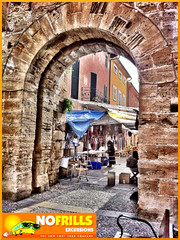 |
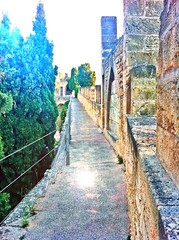 |
A suggested route to visit Alcudia old town walls:
See below a map of Alcudia old town walls, where we have placed some icons for the best places to take some photos:
- The old walls are very easy to find and the walk will take you no more than an hour.
- The old walls are open all day.
- There is no entrance fee.
Our walk on the Alcudia old town walls:
We will start our walk at one of the main attractions of the mediaeval walls: its gates. There were only 3, and this one is Porta del Moll o de Xara which was the gate that connected Alcúdia to the harbour. In the fact the name translated into English means “gate to the port”.
On market days (Tuesday and Sunday), the market area is by this gate, and right behind starts the main street of Alcudia old town, “the carrer Major”, which will pass the main square and some very nice shops.
We will then take the Street “Cami de Ronda” is the passageway, usually open, immediately behind the uppermost exterior wall or battlement of a fortified building. We think the word in English is “parapet walk”.
As long as we walk up, look the views on the right hand side with the La Victoria Peninsula, a great area for some hikes in Alcudia.

Suggestion for later: when you walk up the street, nearly at the end, on the right left hand side, you will find a lovelt cosy bar “Es cami de Ronda”, sit there and order a local beer and some cheese.
Then we street bends to left, and on our right hand side, we can see the Bullring which was originally a bastion of the deffensive system. A bastion (also named bulwark, derived from the Dutch name “bolwerk”), is an angular structure projecting outward from the curtain wall of an artillery fortification. The fully developed bastion consists of two faces and two flanks with fire from the flanks being able to protect the curtain wall and also the adjacent bastions. It is one element in the style of fortification dominant from the mid 16th to mid 19th centuries. Bastion fortifications offered a greater degree of passive resistance and more scope for ranged defense in the age of gunpowder artillery compared with the medieval fortifications they replaced.
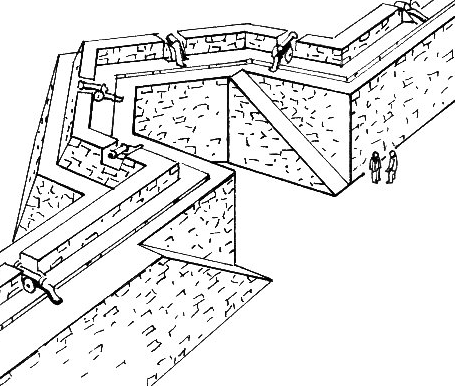
In the first half of the 16th century 8 bastions were built distributed throughout the perimeter to equip the walls with artillery embattlements. At present four of these constructions survive: the bastion of Sant Ferran (which nowadays houses the bullring), the bastion of the King, the bastion of the Queen and the bastion of Santa Maria.
We will also see on the right hand side an amphiteatre built a few years ago. This is the place where the Porta de Vila Roja was located. Recently it has been found a bridge, which lead to the centre of the town.
![]() Further on, we can walk up the stairs for a lovely walk on the top of the old walls, from where we will see great views of the Pollensa Bay, and the houses of the old town.
Further on, we can walk up the stairs for a lovely walk on the top of the old walls, from where we will see great views of the Pollensa Bay, and the houses of the old town.
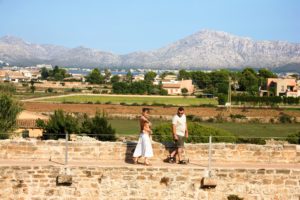
During the walk, we will see that recently some works have been done out of the old walls, this has been to recuperate the Renaissance Walls.
During the reign of Felipe II in the 16th century a second fortification was built. The star-shaped layout of low bastions ran through the first fortification in order to both position the artillery embattlements and resist artillery attacks. The Renaissance walls had to be demolished due to a clean-up plan because of the epidemics and thus allowing the town’s growth.
Later on, and after leaving the top of the old walls, and continuing along the old walls, we will find the Porta de Mallorca o de Sant Sebastià which was the gate that connected Alcúdia to the royal road to Palma.
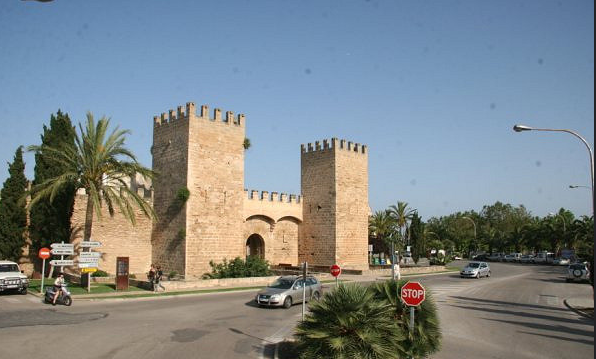
The moat has been preserved and its present appearance dates back to the restoration works carried out by G. Alomar in 1963. It is formed by two towers linked by a large machicolation (a projecting parapet supported by corbels which have openings through which stones or boiling water could be dropped on an enemy) and crowned by battlements. The large round-arched portal grants access to a vaulted area with a portcullis that used to close the gate.
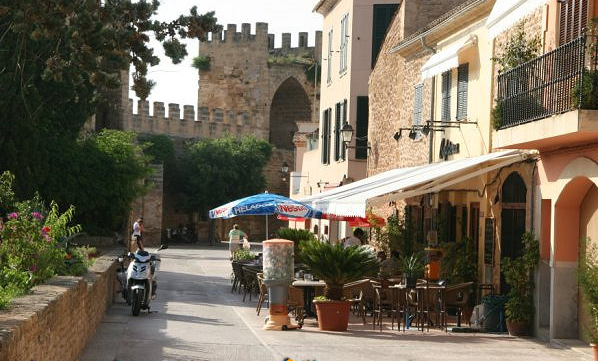
Continuing the walk, our next stop will be at the Parish church of Sant Jaume. The parish church is located beside the mediaeval walls where the original church was built in the 14th century. The church, which has always been linked to the town’s history, resembled a fortification. In fact, lookouts were placed on its roof. Its structure was part of the walls and it had only one opening to the inner town.
In 1870 its state of neglect led to the collapse of part of the roof and rendered the church completely useless. It was demolished and built from scratch in Neogothic style on the site of the original construction. The building work went on until 1893.
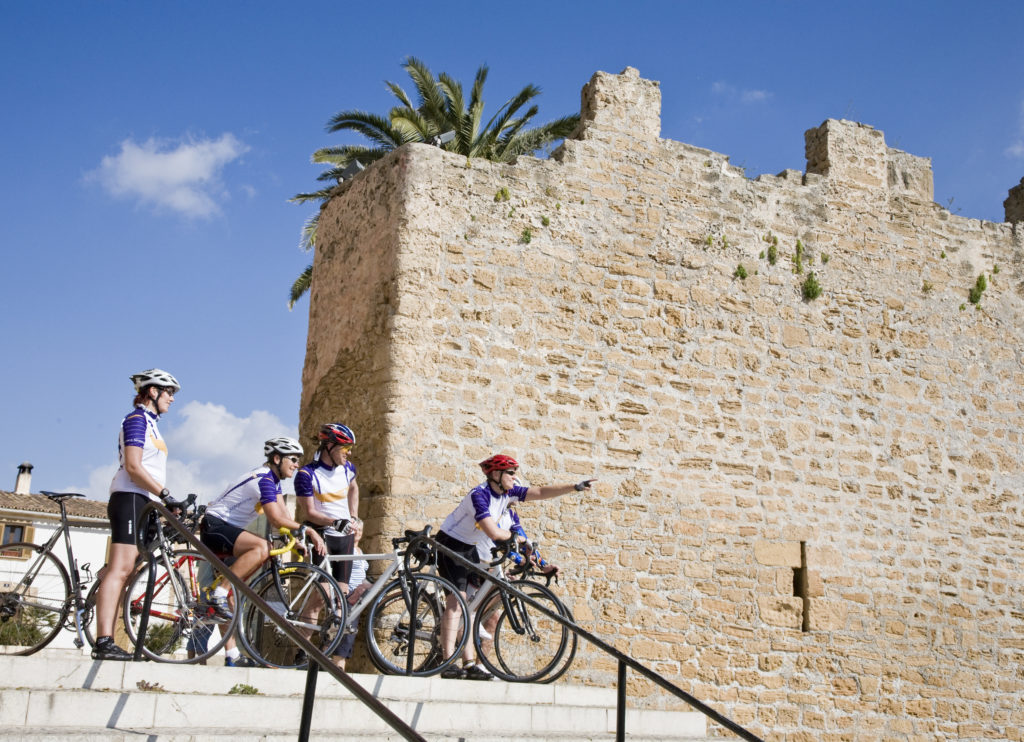
The present church is a single-nave structure with side chapels covered by a ribbed vault. The presbytery is dressed up by a Neogothic altarpiece consecrated to Sant Jaume. It is a work by L. Ferrer and M. Arques. The tympanum in the portal of the main facade contains a sculpture of Sant Jaume by R. Caubet. A large rose window illuminates the inside of the church. Above it and crowning the facade you can find Alcúdia’s coat of arms.
Then continuing the Cami de Ronda, we will get to the starting point of this walk around the old walls of Alcudia.
Some old photos of the old walls in Alcudia:
How about to imagine how the old walls where time ago? We found found some very interesting old photos on internet. Let’s see if you can identify the places.
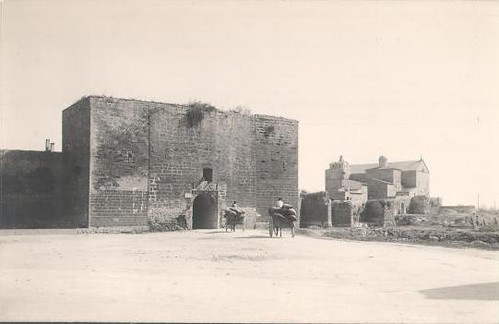

Interested in other tours or excursions in Alcudia?
If you want some more options about tours and excursions in Alcudia, we recommend you to visit our website:
or come to visit us at one of our offices: http://www.nofrills-excursions.com/about_us/where-to-find-us.en.html

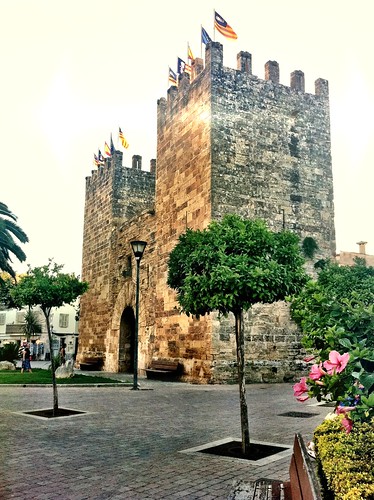
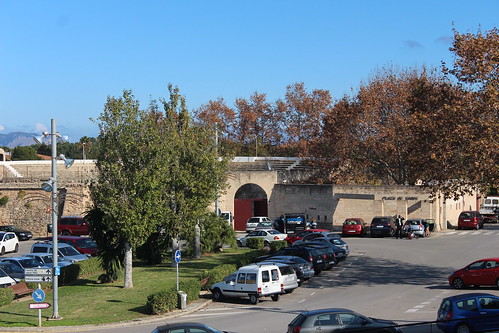
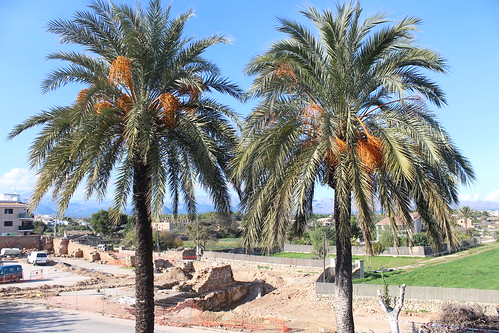
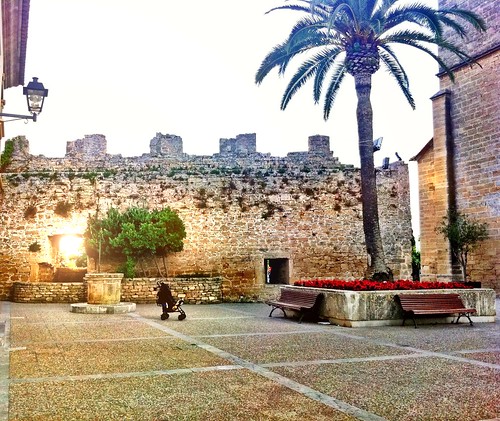
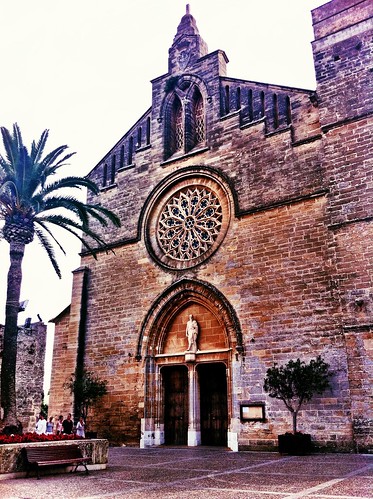

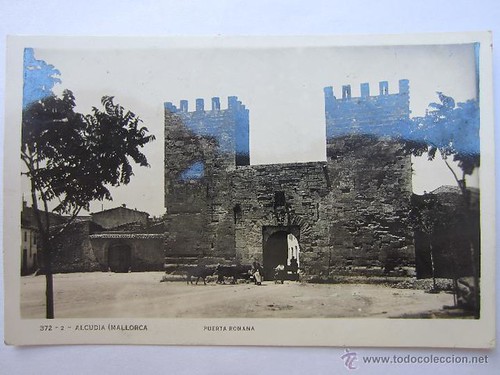
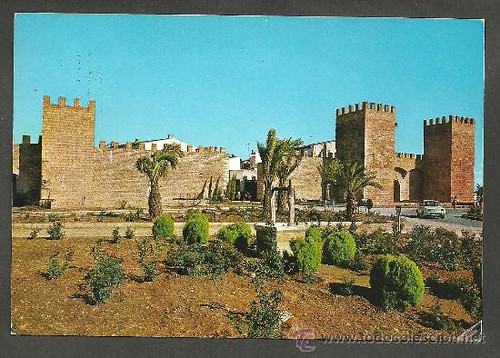

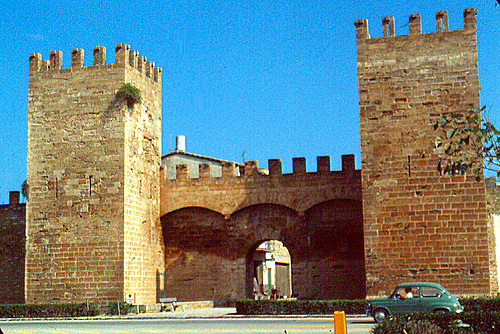



No Comments